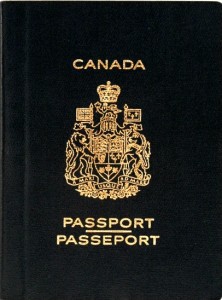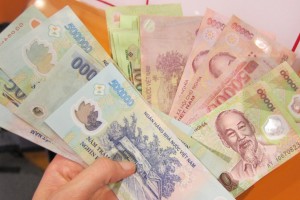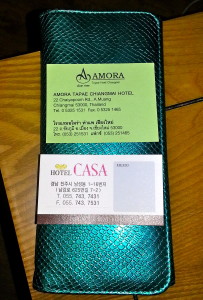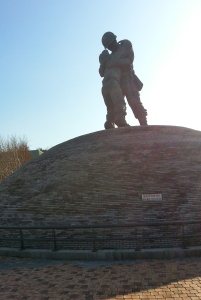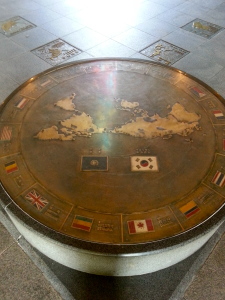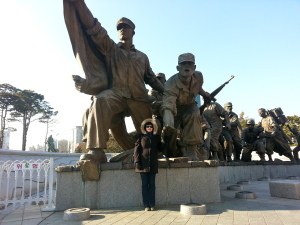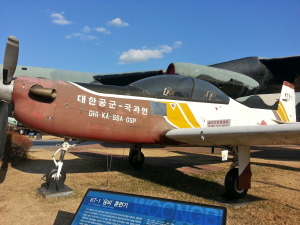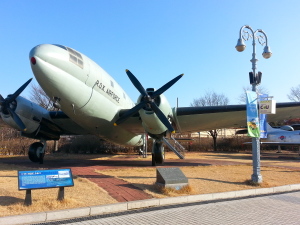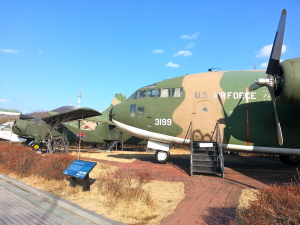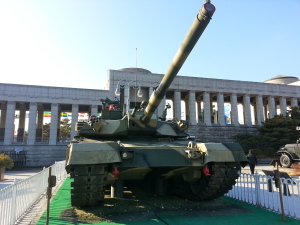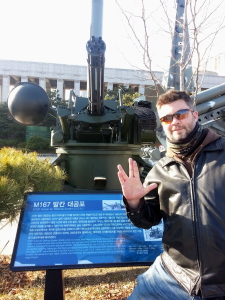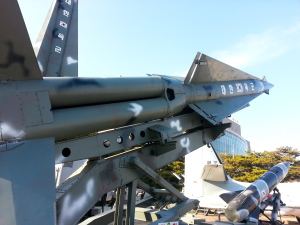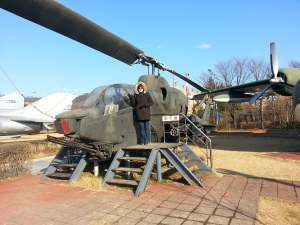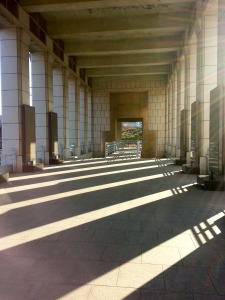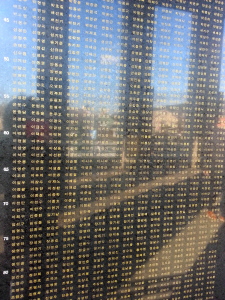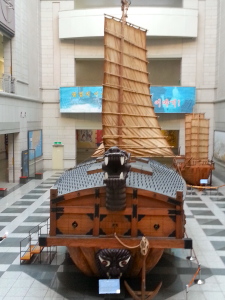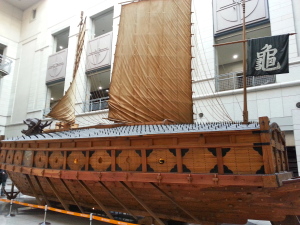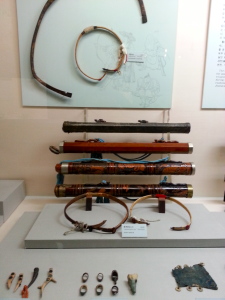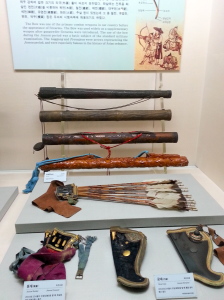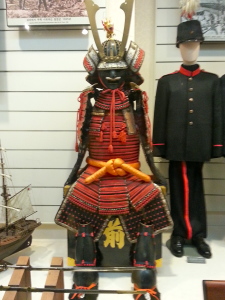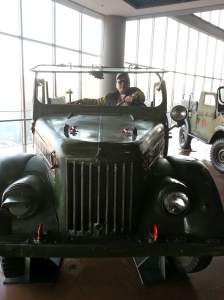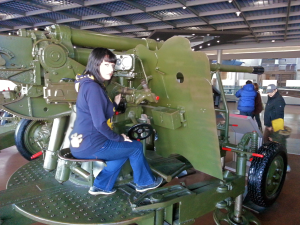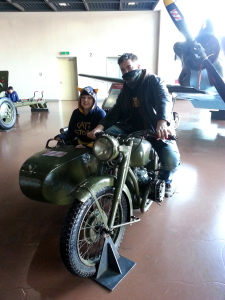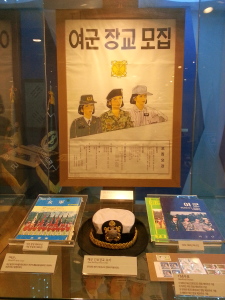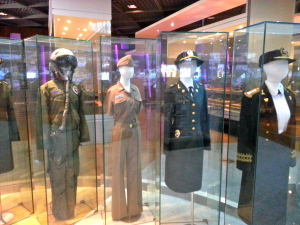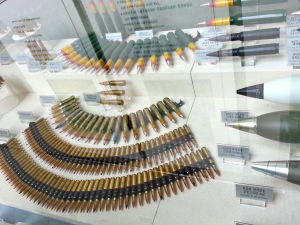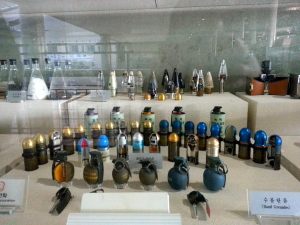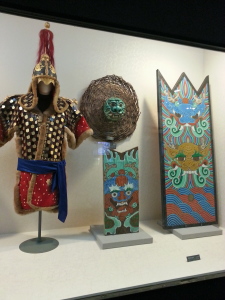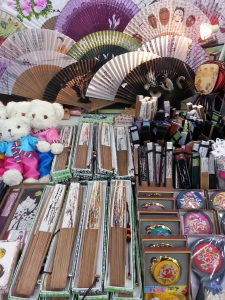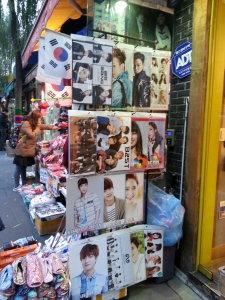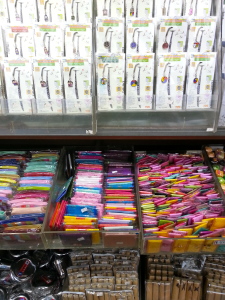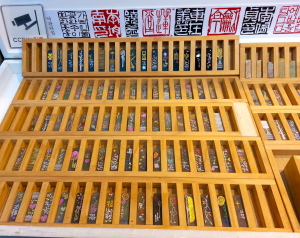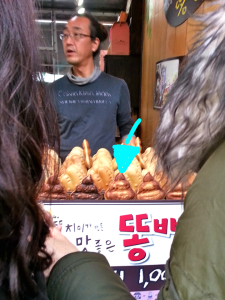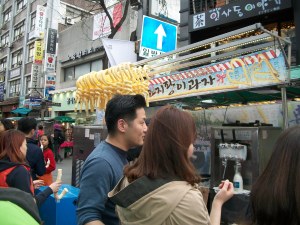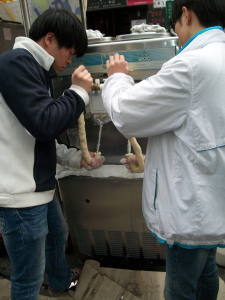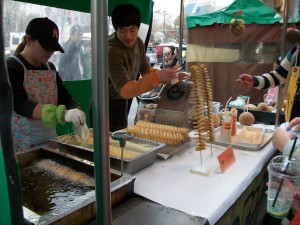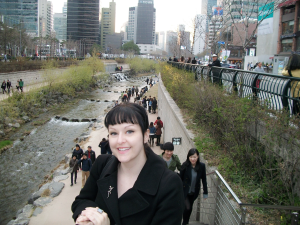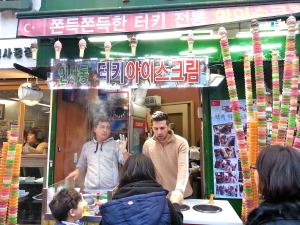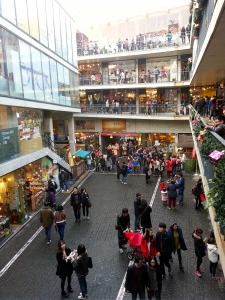For many, winter vacation is upon us. For those who plan to travel to another country this winter (or anytime), I’ve made a list of 5 tips for safe travels that have helped me in foreign lands over the years.
Food Poisoning
Last year a few of my friends got food poisoning during their winter travels. It was often, but not always, due to the country being somewhat lacking in the sanitation standards we’re used to in first world countries. To combat this, I suggest trying to stick to a vegetarian diet when in a strange place to reduce the risk. I’m not much of a carnivore so staying away from meat while traveling isn’t a big deal but I can see how some would shudder at the thought. To each its own. Staying away from meat won’t totally eliminate the risk of contamination obviously, but that method has done me well so far. If you’re in a place like Thailand, most people are Buddhist so veggie cuisine is amazing not hard to find.
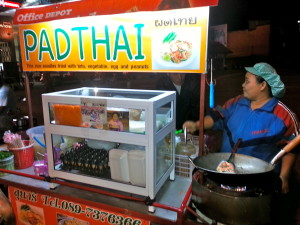
Street food in Thailand. This lady made me veggie pad thai for dinner almost every night of my stay. I miss her.
If you wish to be carnivorous, be smart about where you eat. If a local takes you there, it’s probably decent, but if it looks funky, then it probably has a funky kitchen too, so use your head. Take a peek at how many people are eating in there and how many locals too. If the locals trust it, go for it. If they’re not busy, there may be a reason for that.
Purse Snatchers
For the ladies, I would suggest keeping your purses on short straps and keep one hand on the body of your purse as well, don’t just let it swing off your hip. My friend who went to Vietnam last January was advised this by one of her tour guides. While riding in one of the tuk-tuks, she put her purse under her seat and the driver told her it wasn’t safe and to wrap the strap around her legs and put the body of the purse between her feet or between her thighs. He said people on motorbikes ride by and swipe tourist’s purses all the time.

Open tuk-tuk, often seen in places like Thailand, Vietnam and Cambodia. Photo courtesy of angkortuk.com.
Passport & Cash
Many travelers I’ve met are divided on the issue of bringing their passport out with them or leaving it in a safe box in the hotel. I feel safer with my passport at the hotel in my room safe where I have set the combo and locked it up myself. There is no need to bring it out with you as you will rarely need to show it at any time doing regular touristy things. The only time I’ve ever needed to bring a passport out was to cross a border into a neighboring country on a day trip so if your passport is needed your tour guide should tell you before the trip commences. As for cash, I like to bring enough money for the day just in case something does happen to my purse, I won’t lose all of my money for the entire trip. Extra money can join your passport in your room safe.
Key Words
It’s always helpful to learn the basics in the native language and it goes far in terms of how you’re perceived by the locals. For example, just “hello, goodbye, thank you” or maybe “yes, no” or “how much is this?” It shows that you are trying to communicate earnestly and that you respect their culture enough to learn a few words. That simple effort breaks down walls and allows you to get in a little better with the people of the country you’re visiting.
Grab a Card
Whatever hotel or hostel you’re staying in, be sure to ask for a business card of the place, written in the country’s native language so if you ever need a taxi (or help in general) and can’t explain where to go, the driver can just read the business card. I still do that here in Korea and it has helped me a lot.
This article was inspired by my Uncle Derek who wrote me earlier this year, asking about travel tips for his daughter who was about to travel Southeast Asia. Hearing that the tips were useful, I thought I’d share in hopes of helping others. What are your safe travel tips? Please share in the comment section below.
Happy New Year everyone!

